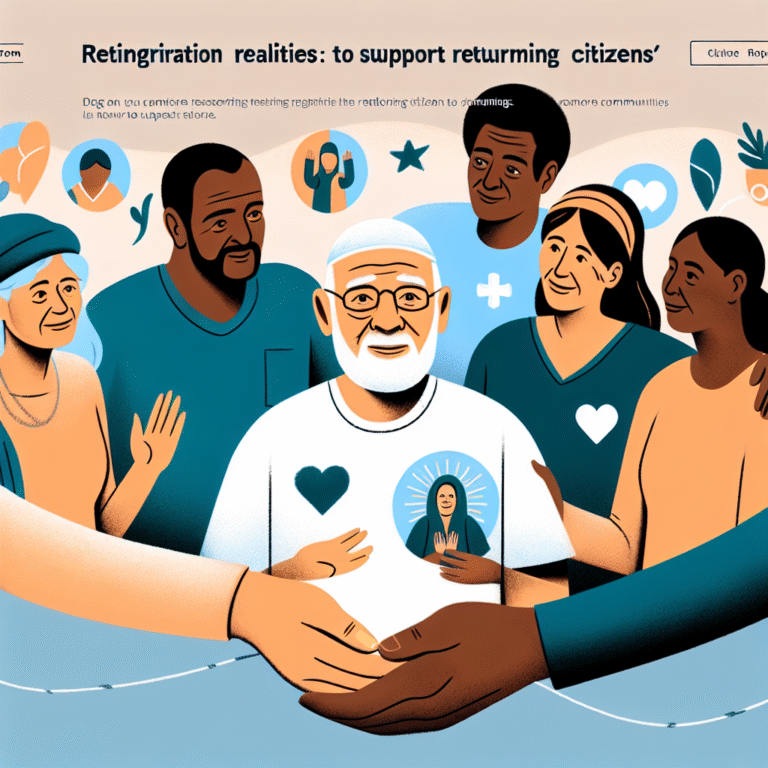
Introduction
In a world increasingly characterized by chronic pain and stress, the interplay between mind and body has never been more critical. Harnessing the Power of Mindfulness: Pain Management Through Psychological Techniques offers a ray of hope for millions. As medical science advances, it’s become clear that our psychological well-being directly influences our physical health. Mindfulness-based practices have emerged as essential tools for managing pain, helping individuals regain control of their lives. This article explores how mindfulness can transform pain management through psychological techniques, supported by real-world case studies and practical advice.
The Mind-Body Connection: Understanding Pain
Pain is complex, affecting not just the body but also the mind. This section delves into how psychological factors can amplify or alleviate pain perceptions.
The Science Behind Pain Perception
Pain isn’t merely a physical sensation. It’s influenced by emotions, past experiences, and psychological states. For instance, anxiety and depression can heighten our sensitivity to pain. According to research from the American Psychological Association, mindfulness practices can interrupt this cycle, offering a pathway to relief.
Case Study 1: Jane’s Journey
Jane, a 35-year-old teacher, struggled with chronic back pain. Despite physical therapy, her condition persisted. By integrating mindfulness meditation into her daily routine, she reported a significant reduction in pain levels. Essentially, Jane learned to observe her pain without judgment, reducing its grip on her life.
How Mindfulness Affects Pain Management
Understanding how mindfulness works to reduce pain involves recognizing its impact on neural pathways. Practicing mindfulness creates structural changes in the brain associated with pain regulation.
- Reduction of Stress Responses: Mindfulness lowers cortisol levels, combating physical symptoms of stress.
- Improved Emotional Regulation: A mindful approach allows individuals to manage emotional responses to pain.
- Enhanced Focus: Mindfulness trains the brain to direct attention away from pain, making it less overwhelming.
Practical Applications of Mindfulness in Pain Management
Implementing mindfulness techniques can be done through various practices. Below, we summarize some effective methods:
| Mindfulness Technique | Description | Benefits |
|---|---|---|
| Mindful Breathing | Focusing on breath to cultivate awareness | Reduces anxiety and pain perception |
| Body Scan | Systematically checking in with body areas | Enhances awareness and relaxes tension |
| Mindful Movement | Yoga or tai chi to connect movement with breath | Increases flexibility and reduces stress |
| Guided Visualization | Imagining peaceful scenarios to distract from pain | Calms the mind and body |
Real-World Applications: Stories of Transformation
Case Study 2: Mark the Marathon Runner
Mark, a former marathon runner, faced a debilitating knee injury. Physical therapy brought little relief, leading him to consider psychological approaches. Through mindfulness, he learned to focus on his breath during moments of acute pain, drastically shifting his experience of it. After several months, he returned to running, albeit at a modified pace.
Analysis
Mark’s success illustrates the principle of cognitive restructuring: by altering his thought patterns regarding pain, he was able to change his relationship with it.
Case Study 3: Susan’s Fight Against Migraine
Susan, who suffered from chronic migraines, found traditional medication ineffective. After attending a mindfulness-based stress reduction program, she adopted practices that led to a significant decrease in frequency and severity. The mindfulness techniques she learned empowered her to manage stress, significantly reducing the intensity of her migraines.
Analysis
Susan’s story exemplifies the power of self-efficacy. By taking an active role in her pain management, she transformed her quality of life.
Integrating Mindfulness into Daily Life
Transitioning to a mindfulness-focused approach requires commitment but offers profound rewards.
Creating a Mindfulness Routine
- Start Small: Dedicate just a few minutes a day to mindful breathing or simple meditation.
- Use Technology: Apps like Headspace or Calm offer guided sessions to facilitate practice.
- Join a Community: Local or online mindfulness groups provide support, encouragement, and shared insights.
Overcoming Barriers to Mindfulness Practice
Some common obstacles include:
- Time Constraints: Even a few minutes of mindfulness can be beneficial.
- Skepticism: Encouraging a trial period can help individuals feel its benefits firsthand.
- Access to Resources: Online resources and apps make mindfulness accessible to everyone.
The Role of Healthcare Providers
Healthcare professionals play an essential role in integrating mindfulness techniques into pain management strategies.
Training in Mindfulness Techniques
Providers who receive training in mindfulness can offer patients practical tools to manage pain. They can teach techniques that align with specific medical conditions or individual circumstances.
Case Study 4: Dr. Smith’s Clinic
Dr. Smith implemented a mindfulness program for patients with chronic pain conditions. Over six months, 40% of participants reported decreased pain levels and improved overall well-being. Assessment tools indicated significant improvements in quality of life.
Analysis
This case demonstrates the potential for holistic treatment approaches, promoting collaboration between physical and mental health care.
The Global Perspective: Mindfulness in Pain Management
Mindfulness is gaining traction globally. Countries like the UK and Australia have implemented national programs focusing on mindful-based therapies for chronic illness management.
Cultural Sensitivity and Inclusivity
While mindfulness is universal, practitioners should consider cultural perspectives on pain and healing. Awareness of these differences enhances the effectiveness of mindfulness practices.
Conclusion: A New Frontier in Pain Management
Harnessing the Power of Mindfulness: Pain Management Through Psychological Techniques is not just a hopeful slogan but a reality for many. Through anecdotes, case studies, and practical guidance, we can see that integrating mindfulness offers real solutions for pain management.
Start small, be consistent, and approach your pain with curiosity rather than fear. Mindfulness can liberate you from the constraints of chronic pain, empowering you to reclaim your life.
FAQs
1. How quickly can mindfulness techniques help with pain management?
While experiences vary, many individuals report noticeable changes within a few weeks of consistent practice.
2. Can mindfulness replace conventional pain medication?
Mindfulness can be a powerful complement to traditional treatments, but it’s important to consult healthcare professionals before making any changes to pain management plans.
3. Is mindfulness suitable for all types of pain?
While mindfulness can benefit many types of pain, individual experiences may vary. Consulting a healthcare provider for tailored advice is recommended.
4. How do I find a mindfulness program or class?
Many communities offer local mindfulness courses, and numerous online platforms provide guided sessions.
5. Can children benefit from mindfulness for pain?
Yes, mindfulness techniques can be adapted for children. Simple exercises like mindful breathing can help them cope with pain and anxiety.
By incorporating mindfulness into pain management, we can harness its transformative power, alleviating suffering and enhancing our quality of life. The journey may be challenging, but the rewards can be profound. Let’s take that first step together toward a more mindful existence.


















